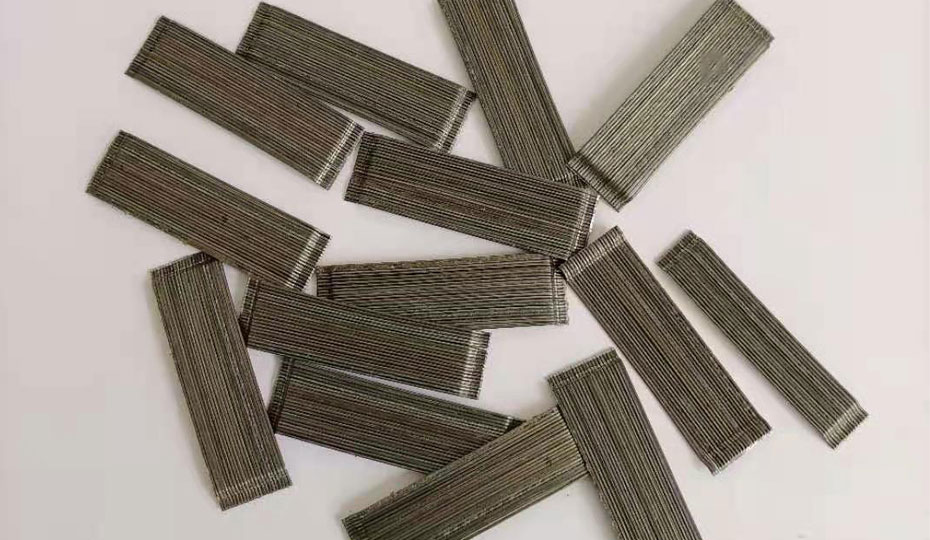Steel fibers are an essential component in the production of fiber-reinforced polymer (FRP) composites. They are used to enhance the mechanical properties of the composite, such as strength, stiffness, and toughness. There are two main types of steel fibers used in FRP composites: Type 1 and Type 2. In this article, we will discuss the differences between these two types of steel fibers.
Type 1 Steel Fibers
Type 1 steel fibers are also known as “smooth” or “bright” fibers. They have a smooth surface and are made from a single strand of steel wire. They are produced by drawing the steel wire through a series of dies to achieve the desired diameter and length. Type 1 steel fibers have a higher tensile strength and modulus of elasticity compared to Type 2 steel fibers. They are commonly used in applications where high strength and stiffness are required, such as in the aerospace and automotive industries.

Type 2 Steel Fibers
Type 2 steel fibers are also known as “deformed” or “crimped” fibers. They have a rough surface and are made from a bundle of steel wires that are twisted and crimped together. They are produced by drawing the steel wires through a series of rollers to achieve the desired diameter and length. Type 2 steel fibers have a higher fiber volume fraction and are more resistant to fatigue compared to Type 1 steel fibers. They are commonly used in applications where high toughness and resistance to impact are required, such as in construction and civil engineering.
Comparison of Type 1 and Type 2 Steel Fibers
Type 1 and Type 2 steel fibers have different properties and are used in different applications. The main differences between them are:
- Surface roughness: Type 1 steel fibers have a smooth surface, while Type 2 steel fibers have a rough surface.
- Tensile strength: Type 1 steel fibers have a higher tensile strength than Type 2 steel fibers.
- Modulus of elasticity: Type 1 steel fibers have a higher modulus of elasticity than Type 2 steel fibers.
- Fiber volume fraction: Type 2 steel fibers have a higher fiber volume fraction than Type 1 steel fibers.
- Fatigue resistance: Type 2 steel fibers are more resistant to fatigue than Type 1 steel fibers.

Conclusion
In conclusion, Type 1 and Type 2 steel fibers are two different types of steel fibers used in FRP composites. They have different properties and are used in different applications. Type 1 steel fibers are suitable for applications where high strength and stiffness are required, while Type 2 steel fibers are suitable for applications where high toughness and resistance to impact are required. By understanding the differences between these two types of steel fibers, manufacturers can choose the appropriate type for their specific application.